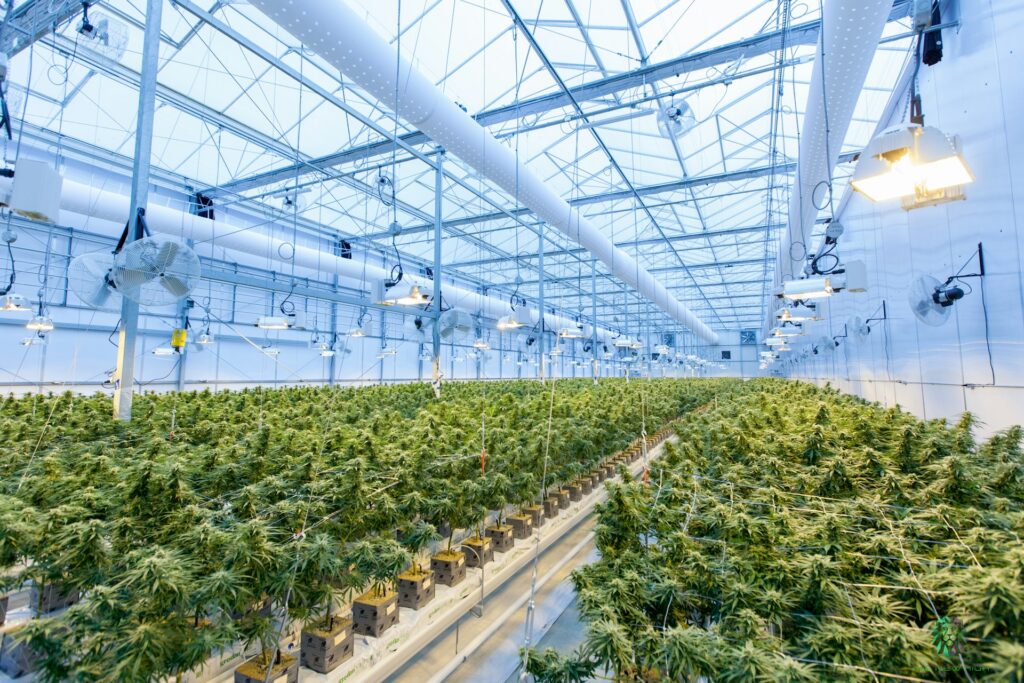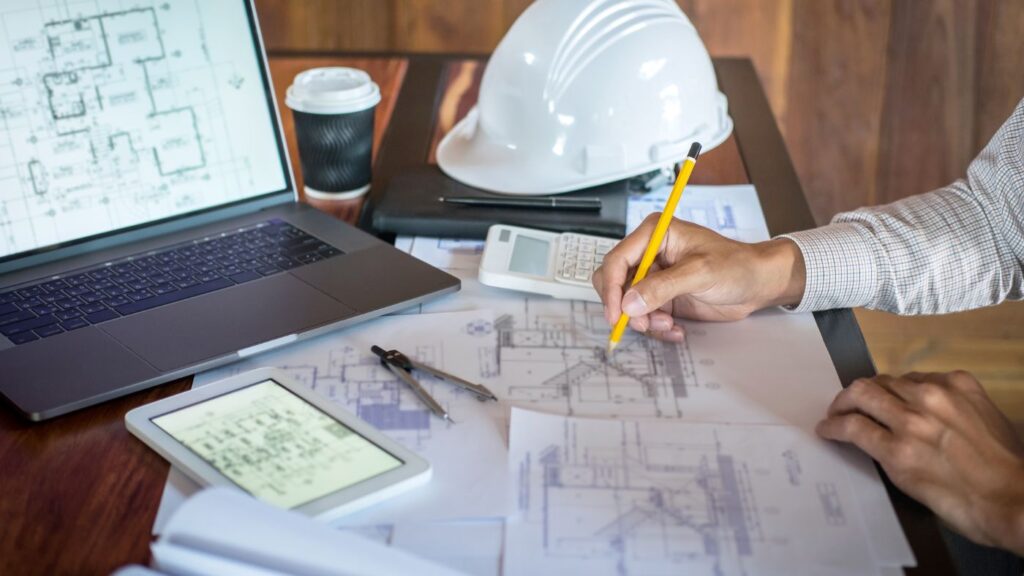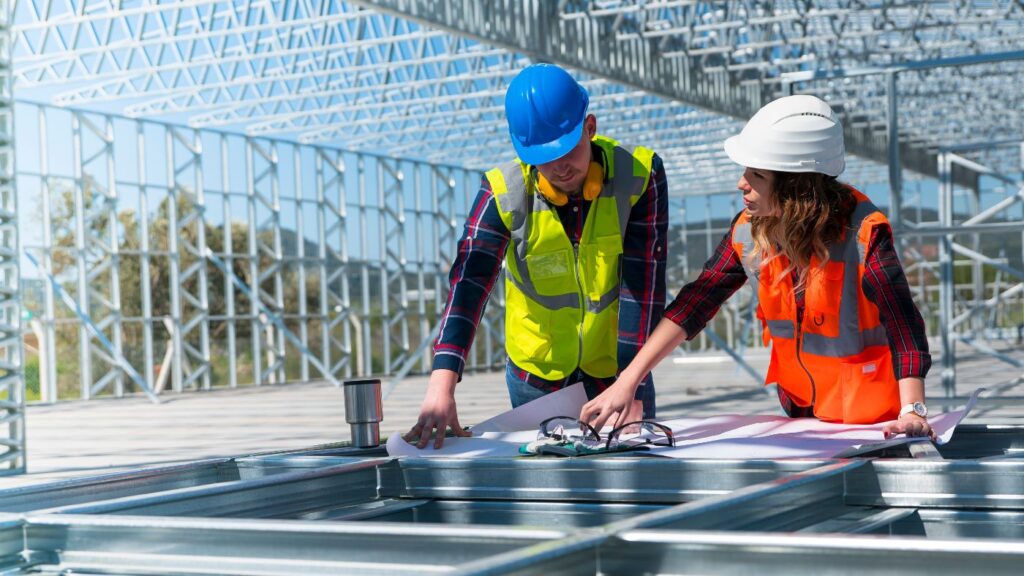Estimated reading time: 6 minutes
Table of contents
- Introduction
- Cultivation Facility Location: Laying the Foundation for Success
- Cultivation Facility Design and Layout: Efficiency Meets Scalability
- Environmental Control Systems: Precision Is Key
- Sustainability: Building a Greener Operation
- Security and Access Control: Protecting Your Investment
- Cultivation Facility Equipment and Technologies: Investing in Innovation
- Quality Control: Ensuring Product Integrity
- Staff Training and Workflow Optimization: Empowering Your Team
- Catalyst BC: Your Partner in Cultivation Facility Design Success
- Conclusion
- Additional Resources
- Consulting Services For Cannabis, Hemp, Psilocybin, and Natural Medicine
- Testimonials and Public Relations
- Latest Articles
- Explore Our Articles
- Free Ebook – Start Your Own Legal Cannabis Business
Introduction
The cannabis industry is evolving rapidly, with increasing demand for efficiency, compliance, and sustainability in cultivation practices. At the heart of every successful cultivation operation is a thoughtfully designed facility. A cannabis cultivation facility design isn’t just about creating a space for plants to grow—it’s about fostering an environment where plants thrive, yields maximize, and operational efficiency is seamless.
In this in-depth guide, we’ll dive into the critical considerations for designing cannabis cultivation facilities, focusing on location, layout, environmental control, sustainability, security, and more.
Cultivation Facility Location: Laying the Foundation for Success
Evaluating Different Types of Locations
When choosing a site for your cultivation facility, consider urban, rural, or industrial settings. Urban locations offer proximity to markets and talent pools but often come with higher costs. Rural areas provide affordable real estate and expansive spaces but might lack infrastructure and skilled labor. Industrial zones strike a balance with access to utilities and transport but may have zoning restrictions.
For example, zoning laws might limit cannabis cultivation in certain areas. Conduct thorough research into local ordinances and ensure compliance with regulations.
Proximity to Suppliers, Markets, and Workforce
Strategically situating your facility near suppliers can minimize logistics costs and foster reliable partnerships. Likewise, closeness to your consumer market reduces transportation time, ensuring fresher products. Access to a skilled and reliable workforce in the area is equally vital for consistent operations.
Environmental Factors: Climate, Water, and Energy
Your location’s climate impacts everything from HVAC needs to water usage. In hot climates, cooling systems are critical, while colder areas might require heating solutions. Evaluate water sources for irrigation—water scarcity can lead to long-term challenges. Additionally, assess energy costs and explore renewable options like solar or wind power to cut expenses over time.
Cultivation Facility Design and Layout: Efficiency Meets Scalability
Designing a Functional Layout
Efficient cannabis facility design should prioritize a smooth workflow. Arrange spaces for propagation, vegetative growth, and flowering in a logical sequence. Consider integrating wide corridors, vertical racks, and modular systems to maximize space utilization.
Additionally, plan for ancillary areas like trimming rooms, drying spaces, storage, and employee facilities. A well-organized layout minimizes bottlenecks and streamlines processes.
Modular and Scalable Design Principles
As the industry evolves, scalability is crucial. Opt for modular designs that can grow with your operation. Modular grow rooms, mobile benches, and flexible shelving systems allow quick reconfiguration as production demands increase.
Incorporating Specialized Zones
Create distinct areas for different cultivation phases:
- Propagation Zones: Ideal for germination and early growth, these areas should include humidity domes and targeted lighting.
- Vegetative Growth Areas: Focus on strong root and leaf development with consistent temperature and lighting schedules.
- Flowering Rooms: Optimize for light cycles, CO2 enrichment, and controlled humidity to ensure maximum yield and potency.
Environmental Control Systems: Precision Is Key
Maintaining Optimal Conditions in a Cultivation Facility
Temperature, humidity, and CO2 levels directly affect plant health. Even slight fluctuations can stress plants, reducing yield and quality. Utilize advanced HVAC systems and automated controls to maintain precise conditions tailored to each growth phase.
Leveraging Automation for Efficiency
Automation minimizes human error while optimizing resource use. Consider:
- Smart Lighting Systems: Tailored light spectrums to boost photosynthesis.
- Automated Irrigation: Precise water delivery reduces waste.
- Ventilation Systems: Improved air circulation for disease prevention.
Sustainability: Building a Greener Operation
Energy Efficiency
Adopt energy-efficient LED lighting, which consumes less power and emits minimal heat, reducing HVAC strain. Explore renewable energy options, such as solar panels, to cut operational costs and environmental impact.
Water Conservation
Water is a precious resource, especially in cultivation. Implement drip irrigation systems to deliver precise amounts of water directly to plant roots, reducing waste. Consider rainwater harvesting and water recycling systems for a sustainable supply.
Sustainable Materials
Use eco-friendly materials in construction, such as recycled steel or low-impact concrete, to further reduce your facility’s environmental footprint.
Security and Access Control: Protecting Your Investment
Consider Robust Security Protocols for a Cultivation Facility
Comprehensive security includes perimeter fencing, motion detectors, and 24/7 video surveillance. Position cameras at key points such as entrances, exits, grow rooms, and storage areas to ensure full coverage.
Access Control
Restrict access to sensitive areas using badge systems or biometric scanners. Keep an audit trail of all entries to ensure accountability and reduce risks.
Cultivation Facility Equipment and Technologies: Investing in Innovation
Advanced Equipment
- Lighting: Invest in full-spectrum LED grow lights for efficient energy use.
- Hydroponic Systems: For indoor setups, hydroponics delivers nutrients directly to roots, improving yield.
- Automation: Sensors for moisture, nutrients, and light help maintain optimal conditions.
Cutting-Edge Technologies
Employ drones for crop monitoring, data collection, and early pest detection. IoT-enabled devices provide real-time data on environmental factors, allowing for instant adjustments.
Quality Control: Ensuring Product Integrity
Sanitation Protocols
Establish strict cleaning routines for equipment, grow rooms, and employee areas. Install foot baths at entrances to prevent contamination and ensure all staff follow hygiene protocols.
Testing and Standards
Regularly test soil, water, and plant tissue for contaminants. Maintain detailed records of all tests to meet compliance requirements and build consumer trust.
Staff Training and Workflow Optimization: Empowering Your Team
Comprehensive Training
Train staff on cultivation techniques, equipment handling, and compliance regulations. Offer workshops on advanced topics like Integrated Pest Management (IPM) and nutrient management to keep skills sharp.
Efficient Workflow
Streamline processes like planting, pruning, and harvesting to maximize efficiency. Use project management tools to coordinate tasks and maintain schedules.
Catalyst BC: Your Partner in Cultivation Facility Design Success
At Catalyst BC, we understand the complexities of cannabis facility design. With decades of industry expertise, we specialize in creating tailored solutions that optimize productivity and sustainability. From facility layout to advanced technologies, our team ensures your operation is set for long-term success.
Conclusion
Designing a cannabis cultivation facility is a multifaceted endeavor, requiring careful consideration of location, layout, technology, and sustainability. By focusing on these elements and working with experts like Catalyst BC, you can create an efficient, compliant, and profitable operation.
Ready to take your cannabis cultivation to the next level? Contact Catalyst BC today!
Additional Resources
Consulting Services For Cannabis, Hemp, Psilocybin, and Natural Medicine
- Consulting Services Overview
- Business Strategy
- Financial Planning
- Cannabis, Hemp, Psilocybin, & Natural Medicine Licensing and Applications
- Facility Design
- StartUp Support
- Genetic Development
- Business Turnaround
- Operational Optimization
- Vertical Farming
- Controlled Environmental Agriculture (CEA)
- State and Country Services Directory
- Blog
- Home
Testimonials and Public Relations
Latest Articles
- Cannabis 280E Compliance and COGS Optimization Expert StrategiesThe cannabis industry operates under a unique federal tax burden imposed by Internal Revenue Code (IRC) §280E. While state legalization has flourished, this provision, which denies deductions for ordinary business expenses of trades dealing in controlled substances, remains the single greatest threat to cannabis profitability.
- Owner’s Rep for Cannabis Dispensary Buildout: Expert Compliance & Project ManagementNavigating the highly-regulated world of a cannabis dispensary buildout requires specialized expertise beyond standard construction. The complexity of securing a final operating license, controlling costs, and preventing opening delays for a cannabis dispensary hinges on professional guidance. This is why securing an experienced Owner’s Rep for Cannabis Dispensary Buildout is a critical first step.
- The Indispensable Owner’s Rep for Cannabis Cultivation Facility Buildout: Expert Project Management to Prevent Cost OverrunsIn this high-stakes arena, the Owner’s Rep for Cannabis Cultivation Facility buildout is the crucial strategic partner. They are the expert professional who ensures the owner’s vision is translated into a successful, operational, and profitable reality.
- Cannabis Dispensary Compliance: Training, Inventory & ProfitabilityIn today’s regulated cannabis market, cannabis dispensary compliance is not optional—it is the foundation of a sustainable and profitable retail business. Every dispensary, from boutique shops to multi-state operators, must follow strict dispensary regulatory compliance standards, maintain accurate cannabis inventory management systems, and invest in ongoing cannabis dispensary training programs.
- Beyond Compliance: Implementing a Cannabis Dispensary Secret Shopper ProgramAs a cannabis retail owner, you operate in a high-stakes environment where federal prohibition meets state-regulated commerce. Your retail floor is not just a sales hub—it’s a constant target for mandatory inspection and the front line for brand differentiation. The most critical tool for navigating this complex reality is the professional, recurring Cannabis Secret Shopper program.
- Architects of the Cannabis Industry: What Defines An Expert Canna Consultant?An expert Canna Consultant is the strategic architect and operational engineer of a cannabis venture. They are specialized cannabis industry consultants who translate ambiguous legislation into profitable business processes.
Explore Our Articles
cannabis applications Cannabis Bar Cannabis Business Optmization cannabis careers Cannabis Compliance Cannabis Consumption Cannabis Consumption Bar Cannabis Inventory Management Systems Cannabis Investors cannabis jobs Cannabis Legalization cannabis licensing Cannabis Lounge cannabis marketing Cannabis Operational Procedures cannabis outreach Cannabis Regulations Cannabis Security Cannabis Software Cannabis Startup Cannabis Supply Chain Cannabis Technology Colorado controlled environment agriculture Cultivation cultivation facility Dispensary Design facility design Financial Planning HVAC HVACD Iowa Kansas Legal Update Legislation Medical Cannabis Minnesota Natural Medicine Nebraska New York Odor Control Oregon Psilocybin Psychedelics Recreational Cannabis
Free Ebook – Start Your Own Legal Cannabis Business








